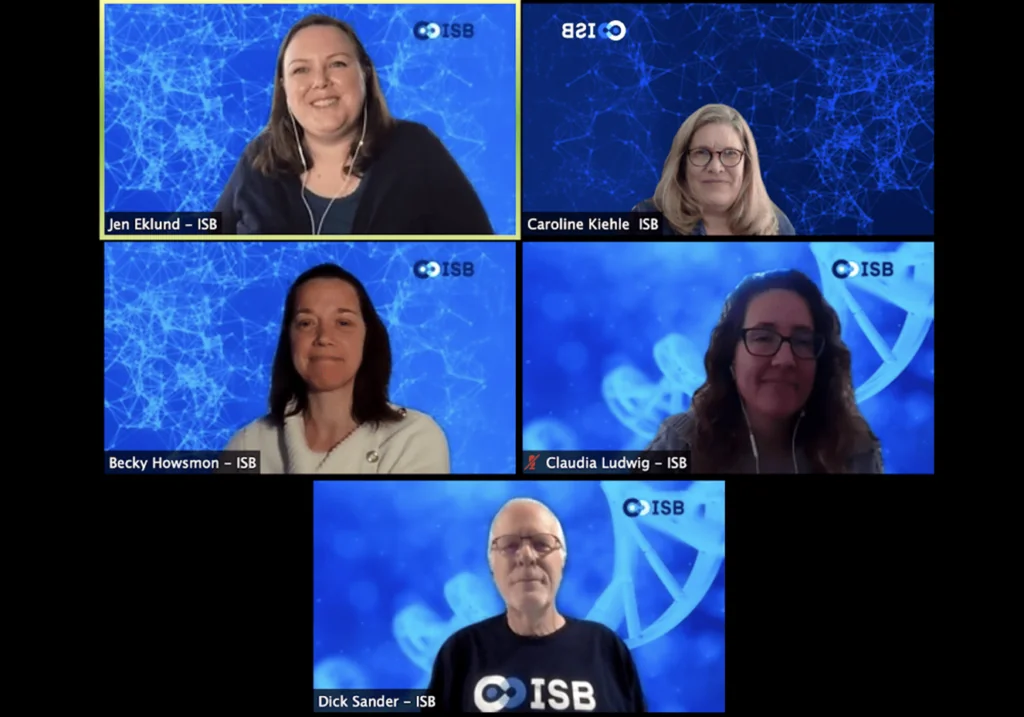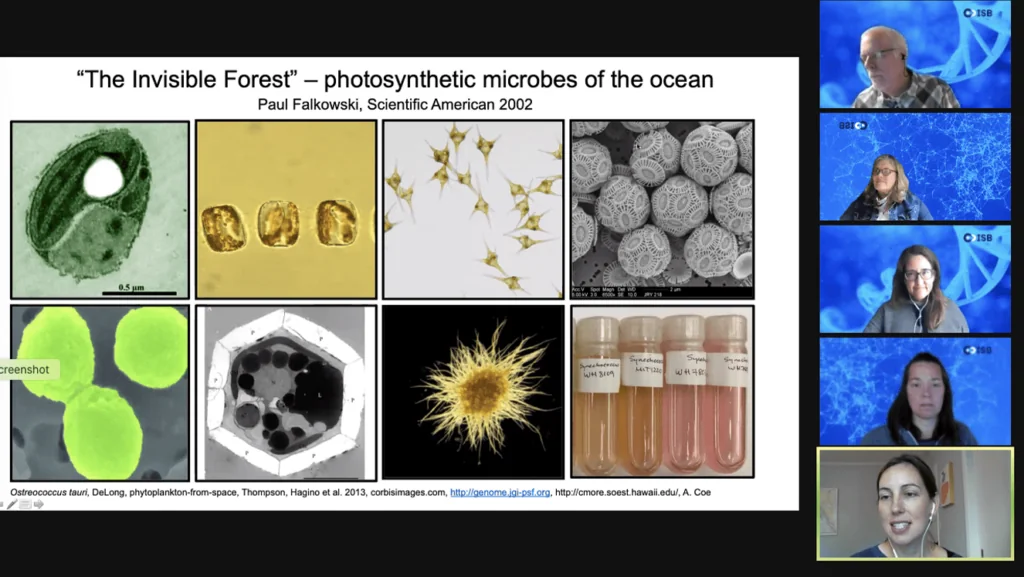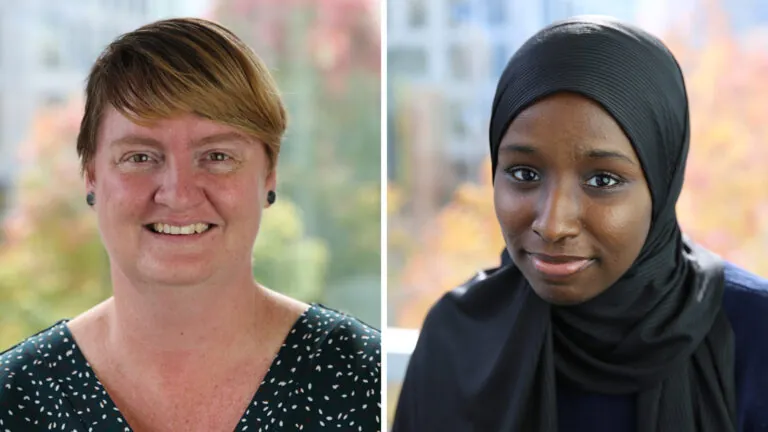ISB Education Takes Virtual Road Trips to Offer Skills, Experience, Ideas for High School Science Teachers
Since October, 50 high school teachers representing several school districts across Washington have participated in a series of ISB workshops. “We quickly realized we were in a unique position to help educators pivot into remote teaching,” said Caroline Kiehle.

In gentler, non-pandemic times, ISB Education is in the business of developing STEM-based curricula and assisting school districts with modernizing and enhancing teaching methods to ensure all students, especially those in traditionally underserved settings, receive high-quality STEM education.
When COVID-19 decimated in-school learning, the ISB Education team immediately saw an opportunity.
“The pandemic took everyone in the education system by surprise,” said Caroline Kiehle, co-director of ISB Education. “But we quickly realized that ISB was in a unique position to build off of our well-established foundation to help educators effectively pivot into remote teaching and distance learning.”
Since October, about 50 high school science/STEM teachers representing two dozen school districts across Washington state – from Bellingham to Yakima, Colville to Vashon Island – have participated in a series of ISB workshops. Titled “Using STEAM to Investigate the Invisible World: Implementing Two Climate Science Virtual Modules,” the 12-part series is half synchronous workshop sessions, and half asynchronous (work at your own pace) tasks in classrooms.
ISB’s ‘Secret Sauce’
The teachers are learning about and how to implement two modules – “Systems are Everywhere” and “Invisible Forest” – developed at ISB. “The science at ISB is woven into our workshops,” said Claudia Ludwig, co-director of ISB Education. “That’s our secret sauce. We embed the voices of STEM professionals to both excite teachers and prepare them for classroom strategies that build student aspiration and career connections.”
The workshops came about thanks to funding from ClimeTime, which is facilitated by the Office of the Superintendent of Public Instruction (OSPI). The program incorporates Next Generation Science Standards (NGSS) and climate science, and supports grantees like ISB Education to develop instructional materials, design related assessment tasks and evaluations strategies, and facilitate student events.
RELATED STORY: Using NGSS to Investigate STEM Systems
“ISB’s education team is always on the cutting edge,” said OSPI Science, Environmental and Sustainability Director Dr. Ellen Ebert. “This is really exciting work.” Ebert shares reality-based stories that impact teachers and students with state legislators to give reasons to keep funding for ClimeTime in the governor’s budget.
A Bigger Virtual World
A silver lining of the pandemic has been the across-the-board adoption of remote learning and communication technologies.

“We can take advantage of remote teaching. We can reach virtually across the state,” Kiehle said. “Before COVID, we were limited to locations we could drive to and home from in one business day. That restraint has disappeared in the virtual environment. We can ‘travel’ hundreds of miles in real time.”
And the course’s mix of Zoom meetings and asynchronous sessions has helped teachers reflect on how to make learning effective with their own students, in part by assisting with teaching technology that is helpful beyond science.
“The (ISB Education) resources are 10/10 terrific,” said Catherine Matson of Seattle Public Schools. “It gives me a lot of confidence as a teacher when I know I’m offering high quality scientific resources to our students.”
“Students blew my mind! I could see their thinking so well,” said Concrete School District teacher Sacha Butler, commenting on Loopy, a platform that allows users to create interactive simulations. “It helped students think through their ideas.”
“The ready-to-use strategies I learned in this training were very user-friendly and motivating for my students,” said Danielle Lin from Renton School District.
‘Invisible Forest’ in Seattle Public Schools
ISB Education’s systems-wide effort can be seen beyond these workshops.
Today, all high school-level Marine Science courses within Seattle Public Schools are implementing ISB’s “Invisible Forest” module. This change was implemented on January 29, 2021, the start of the second semester.

“We are proud of our workshops and experiential modules that are helping teachers and students throughout Washington state,” Ludwig said. “We’ve been cultivating relationships and building resources and infrastructure for two decades. It is exciting to see the fruits of our labor leading to positive change in classrooms and in the lives of teachers and students far and wide. We look forward to continuing our important work.”


